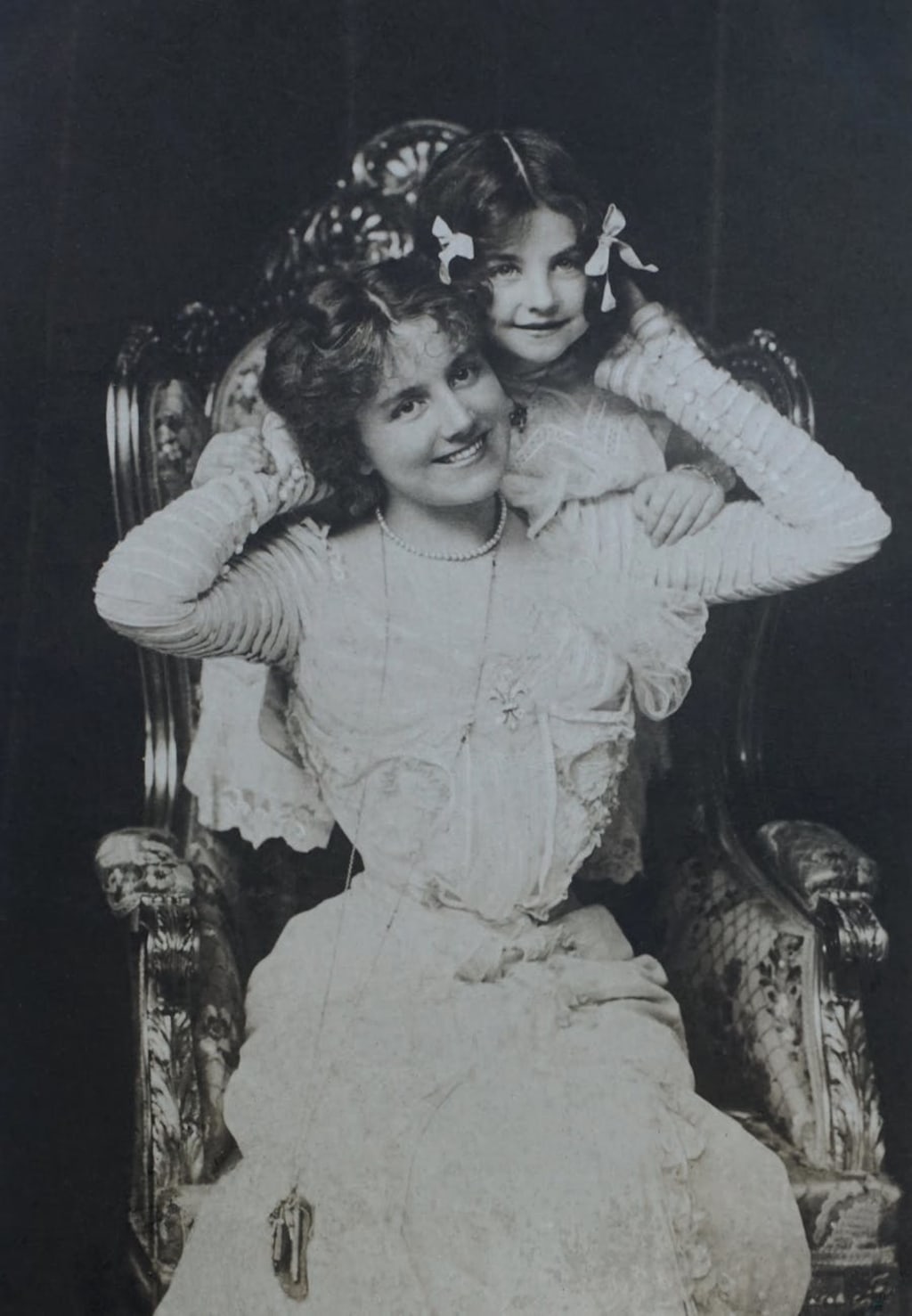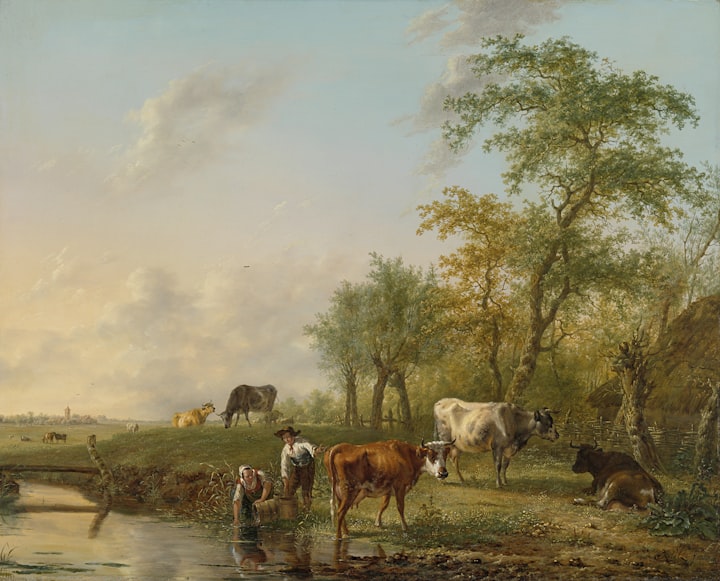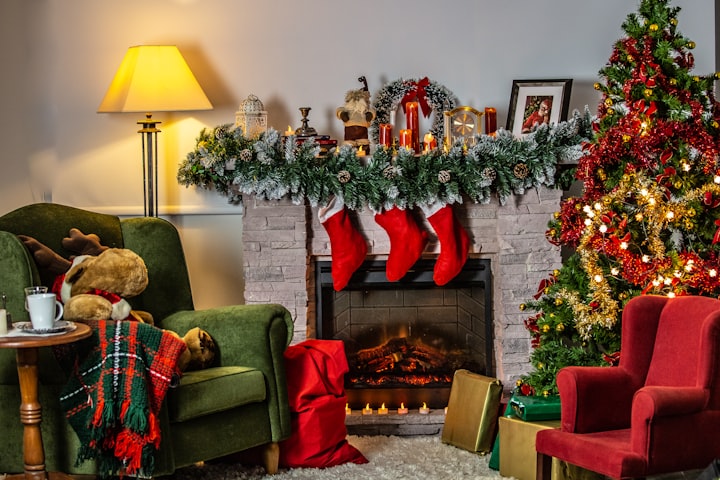Bizarre Social Etiquette of the Victorian Period
Some social manners and customs expected of high society

The Victorian era—the period of time from 1820 to 1914 marked by Queen Victoria’s rule over the British Empire — is often remembered for a strict observance to social rules and customs.
Indeed, Victorian societies were divided into strict social classes, often characterized by their politeness and lack thereof. As the upper and growing middle classes sought to distinguish themselves from the working poor, they employed these conventions to enforce exclusion and prove their supposed superiority.
According to historian Lawrence E. Klein, many people—merchants, bankers and shopkeepers among them — who were given the chance to mingle with members of the upper class, were eager to employ these social habits to assimilate into polite society.
Manners were of particular importance for young women of the upper class, whose primary goal was to court and marry a wealthy man. “Finishing schools” were established for this purpose, where young ladies learned how to be proper hostesses, wives and mothers.
Wealthy Victorian women were welcomed into society and the world of husband hunting when they became debutantes, throwing lavish parties and balls to attract eligible suitors.
The following is a list of some of the social rules wealthy Victorians followed from various guides and the old-fashioned versions of “self-help” books. Although most of these rules are now seen as archaic by the modern reader, some of our current standards of etiquette have roots in Victorian social etiquette.
Making Conversation

According to The Handbook of Etiquette: Being a Complete Guide to the Usages of Polite Society, making conversation was one of the most important features of polite society. The handbook instructed members of the middle class on how to engage with genteel company.
Among other things relating to polite discussions, respectable Victorians were advised to take care when relaying news. The handbook stated never to share “ill-natured reports” or controversy — especially not in the presence of ladies or the aged. After all, dinners were not meant to be debate halls or courts. Any topic that stirred contention was to be avoided at all costs. Women were specifically warned against engaging in immoral or slanderous conversation.
Foreign words were appropriate so long as their definitions were explained to oblivious listeners, but slang was deemed vulgar and unacceptable. Regional accents were also warned against. Subsequently, people from the middle class were instructed to imitate the accents of their upper class peers.
When telling stories, Victorians were directed to keep their anecdotes short and original, since long tales could evoke boredom from listeners. The handbook explained:
A tale should be judicious, clear, succinct, the language plain, and incidents well linked. Tell not as new what everybody knows, and new or old, still hasten to a close; there, centering in a focus round and neat, let all your rays of information meet.
Courting

When attempting to court a lady, Victorian men had to follow an intricate and often exhausting list of social expectations.
If there was an attractive woman present and a gentleman desired to speak to her, he could not approach unless given permission and introduced by a mutual acquaintance first. As J.S. Brown explained in Our Deportment; or, The Manners, Conduct and Dress of The Most Refined Society:
A gentleman should not be introduced to a lady, unless her permission has been previously obtained… If a person asks you to introduce him to another, or a gentleman asks to be introduced to a lady, and you find the introduction would not be agreeable to the other party, you may decline on the grounds that you are not sufficiently intimate to take that liberty.
As with making introductions, a man attended a ball and wanted to ask a woman to dance, he had to first ask the host or hostess. A woman could refuse to dance, but it was seen as rude to do so more than once.
When passing one another on the street, the Victorian gentleman was expected to remove his hat rather than simply touching it. He was not to avoid the gaze of a lady unless under exceptional circumstances, in which he could avert his eyes from her.
Unmarried ladies were never to offer their hand to a gentleman, whereas married women were afforded the privilege of doing so.
The number of appropriate gifts exchanged between a courting couple was also highly restricted. While flowers, books and candy were deemed acceptable — other items were regarded as frivolous, especially store-bought gifts. Women were not allowed to give gifts to their suitors unless they asked first.
After being introduced, men could call upon their female companions, but only ever with a chaperone, and between the times of 2 o’clock and 5 o’clock in the afternoon.
During afternoon calls, men had to wear very specific outfits:
Afternoon dress consists of a double-breasted frock coat of dark material, and waistcoat, either single or double- breasted, of same, or of some fancy material of late design. The trousers should be of light color, avoiding of course extremes in patterns.
Throughout the courtship, women were expected to be coy and demure. According to social etiquette writers, being overeager could make young ladies seem promiscuous.
Promenades

Walking in public “promenades” was a marker of Victorian society. Much like today, Victorians enjoyed walking to admire the sites in their beautiful (yet often smelly) cities.
Without access to social media, promenades gave Victorians the opportunity to observe their neighbors and peers — probably providing them with cannon fodder for slanderous gossip against the advice of social etiquette advocates of the time.
However, promenades were not without social restrictions. As with almost every other aspect of society, upper class Victorians were advised to walk in a particular manner.
Understandably, Victorian women were not permitted to walk alone without a servant or other chaperone to accompany them. Less understandably, they could only raise the hem of their dress with one hand when stepping onto pavement — lifting a gown on both sides was seen as scandalous.
When conversing with the people they passed, married women were not to refer to their husbands as “my husband.” Rather, they were expected to address their spouses with more formal titles such as “Mr. Smith.”
If a woman walked too swiftly or turned her head too often, she was at risk of being disparaged by members of polite society:
A lady ought to adopt a modest and measured gait; too great hurry injures the grace which ought to characterize her. She should not turn her head on one side and on the other, especially in large towns or cities, where this bad habit seems to be an invitation to the impertinent.
Calling Cards

Calling cards were another hallmark of the Victorian era and polite society. Cards indicated the name and address of the visiting individual. Calling cards evolved into modern business cards, which follow the same general format as their predecessors.
Whenever a Victorian visited another person’s home, they were expected to leave their cards upon their departure. For example, women were expected to leave their own calling cards along with those of their male relatives whenever they departed after paying a visit to neighbors or friends.
When men came to call upon young women, they were expected to send their calling card in advance by mail. They were never to leave the corner of the card turned down. If a visitor arrived in town, they were to send calling cards in advance to everyone whom they intended to visit.
Final Thoughts
Overall, the Victorian era included exhaustive lists of social rules and etiquette meant to be observed by the “respectable” individuals of society.
Other than making the Victorian Period seem stuffy, these social expectations allowed many members of the upper class to deem themselves superior to the working poor.
Although the unspoken social rules of the twenty-first century are far less extensive, one could argue they still dictate many aspects of our lives and bear roots in the Victorian Period.
About the Creator
Ilana Quinn
I am a student who loves writing about history, travel, faith and life experiences. Feel free to check out more of my writing at https://linktr.ee/ilanaquinn :)







Comments
There are no comments for this story
Be the first to respond and start the conversation.